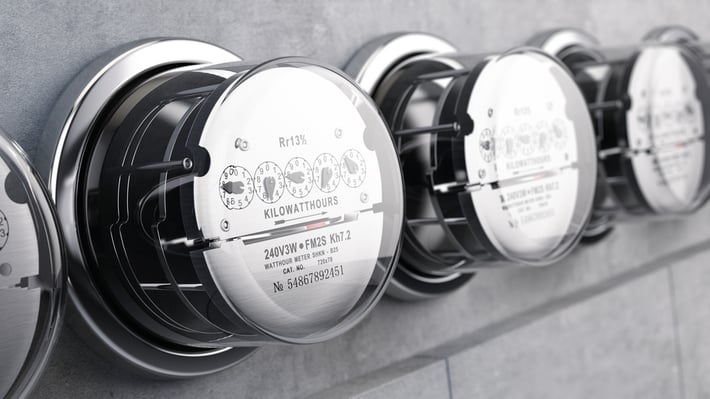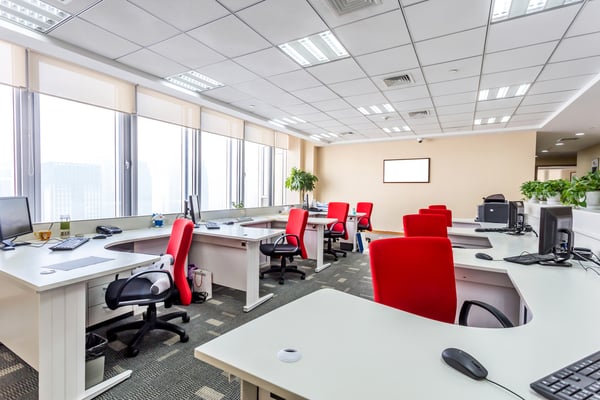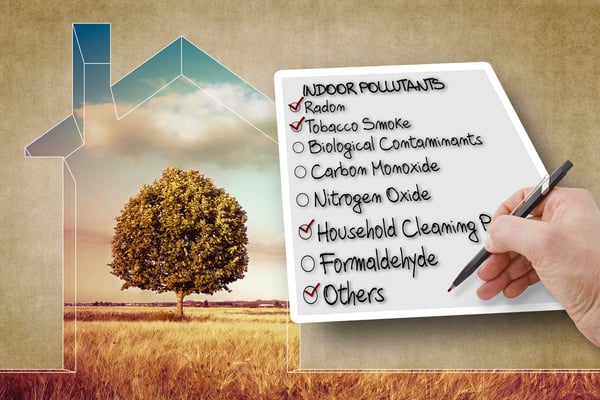LEED is the most popular certification for green buildings around the world. It was developed by the US Green Building Council and the first version was released in 1998. The rating system is constantly revised and updated, and LEED v4 is the latest version as of mid-2020.
LEED certification covers several areas of building performance, including energy efficiency and water conservation. However, many requirements have a similar structure: there is a mandatory minimum level of performance (Prerequisite), with points available for performance improvement (Credits). Measurements play a key role in LEED as building owners must demonstrate the performance of their project.
This article provides an overview of some LEED prerequisites and credits that involve a measured level of performance. Only the prerequisites are mandatory, but building owners must choose a combination of credits that add up to at least 40 points to obtain certification.
Reduce your operating costs and make your building healthier.
Measuring Water Efficiency in LEED Buildings

Since LEED certification aims to reduce the environmental footprint of buildings, many of its requirements focus on water conservation. There are specific requirements for indoor and outdoor water consumption.
LEED requires at least 30% water savings for landscaping, using the U.S. EPA's WaterSense water budgeting tool as a basis. These savings can be achieved with a combination of irrigation efficiency and smart plant selection. Buildings that reduce water consumption by 50% earn 1 point towards LEED certification, while those with 100% savings earn 2 points.
- This calculation is based on drinking water, natural water bodies and groundwater.
- In other words, alternative water sources count towards the savings percentage.
For indoor water consumption, LEED requires at least 20% savings to the local project baseline. WaterSense plumbing fixtures are required for LEED projects in the US as they guarantee 20% savings based on EPA laboratory testing. As with outdoor water consumption, points can be earned for superior performance:
|
Water economy |
25% |
30% |
35% |
40% |
45% |
50% |
|
LEED Points |
1 |
two |
3 |
4 |
5 |
6 |
If a building uses cooling towers, building owners can earn up to 2 points by demonstrating water quality. LEED requires at least the following 5 measurements: Calcium (1000 ppm), total alkalinity (1000 ppm), SiO2 (100 ppm), chloride ions (250 ppm), and conductivity (2000 μS/cm).
Building-level water measurement is mandatory per LEED rating, and data must be compiled by month and by year. The owner must also share data with the USGBC for at least five years after obtaining certification or opening for occupancy – whichever comes first. A LEED point can be obtained by installing dedicated water meters in at least two of the subsystems listed for the corresponding building type.
Measuring Energy Performance in LEED Buildings

Building-level energy metering is mandatory for LEED certification, as is water metering. This includes not only electricity and gas, but also other fuels such as propane and biomass. If the building receives chilled water or steam from an external source, this must also be measured to monitor energy performance.
Utility-owned submeters and meters are acceptable as long as they aggregate the building's energy consumption. This information must also be shared with the USGBC for at least five years after obtaining LEED certification or opening the building for occupancy. Energy consumption should be monitored at intervals of one month or less, and electrical demand data should also be shared when applicable.
A LEED point is available for advanced energy measurement, meeting all performance requirements and features specified by the USGBC. These requirements include a measurement interval of one hour or less, remote data storage, and local storage for at least 36 months.
Measuring Indoor Environmental Quality in LEED Buildings

The concept of building performance has traditionally focused on energy efficiency, water conservation and other measures that reduce costs. However, indoor environmental quality is equally important as it affects health and productivity. Many modern buildings are not healthy environments, and this has become evident during the COVID-19 outbreak.
Adequate ventilation is essential for indoor air quality. In LEED certification, monitoring of external air flow is mandatory for mechanical ventilation systems:
- VAV (variable air volume) systems must have a dedicated metering device for the external air supply. The device must have an accuracy of +/-10% based on the minimum designed airflow. An automatic alarm should be activated when the external air flow varies by 15% or more from the set point.
- CAV (constant air volume) systems must be balanced for minimum outside airflow and equipped with a monitoring device such as a current transducer or airflow switch.
On the other hand, spaces with natural ventilation must have at least one of the following devices:
- An exhaust airflow monitor with +/-10% accuracy based on the designed exhaust rate and an alarm to indicate variations of 15% or more.
- Signaling devices for all natural ventilation openings, with automatic alarms when any of the entrances are closed during occupancy hours.
- Carbon dioxide (CO2) monitors in each thermal zone, 3-6 feet above the floor, with an audible or visual indicator when CO2 levels exceed the set point by more than 10%.
A LEED point is also available for use of CO2 monitors in mechanically ventilated spaces. Installation requirements are the same as in spaces with natural ventilation.

Building owners can also earn 2 LEED points for testing the concentration of major air pollutants according to methods provided by ASTM, EPA and ISO. In the case of volatile organic compounds, the laboratory responsible for testing must be accredited to ISO/IEC 17025. Concentrations of substances that must be tested include particulate matter, ozone, carbon monoxide, total volatile organic compounds and formaldehyde.
Buildings can also earn LEED points if they use daylight to achieve an illuminance between 300 lux and 3,000 lux. Projects can earn 1 to 3 points, depending on the type of building and the percentage of useful area with natural light.
LEED also covers acoustic performance, as it influences indoor environmental quality. The ASHRAE Handbook of HVAC Applications provides maximum noise levels in decibels (dBA), based on building type. LEED makes HVAC noise reduction mandatory for schools where the maximum background noise is 40 dBA. Other buildings may earn 1-2 points for meeting their background noise limit, and schools earn 1 point for staying below 35 dBA.
Conclusion
Measurements are fundamental in scientific and technical fields, and LEED certification for buildings is no exception. Accurate measurements serve as proof that a building saves water and energy while providing a healthy indoor environment. Performance levels can be determined by comparing actual measurements to a baseline, preferably one that uses recognized standards as a reference.

